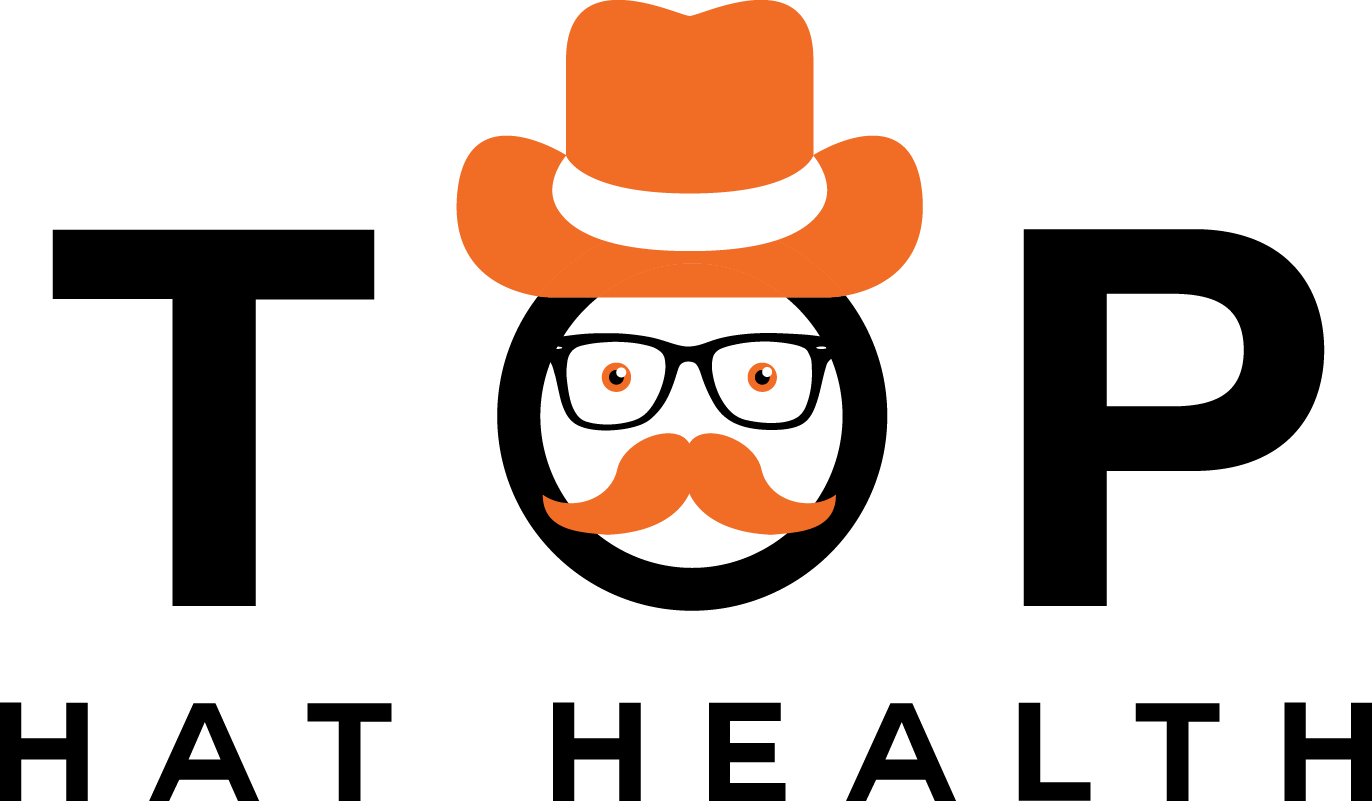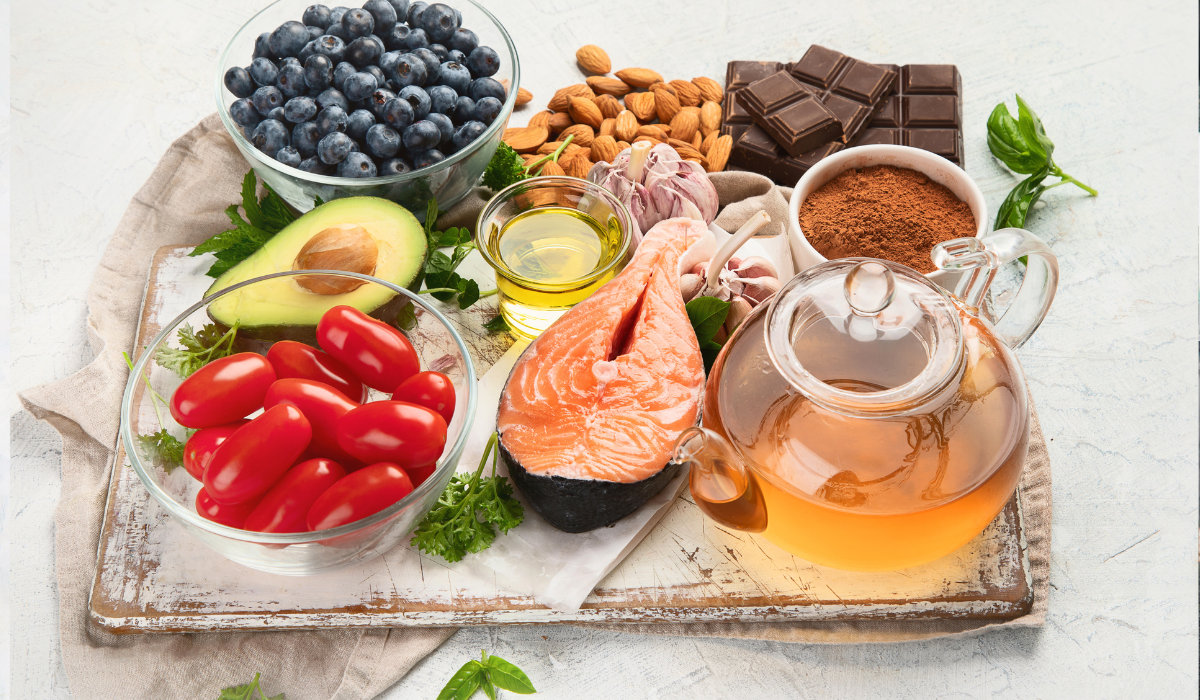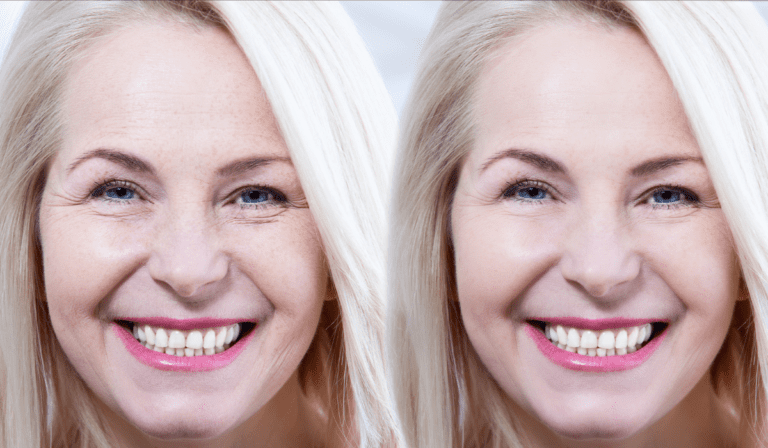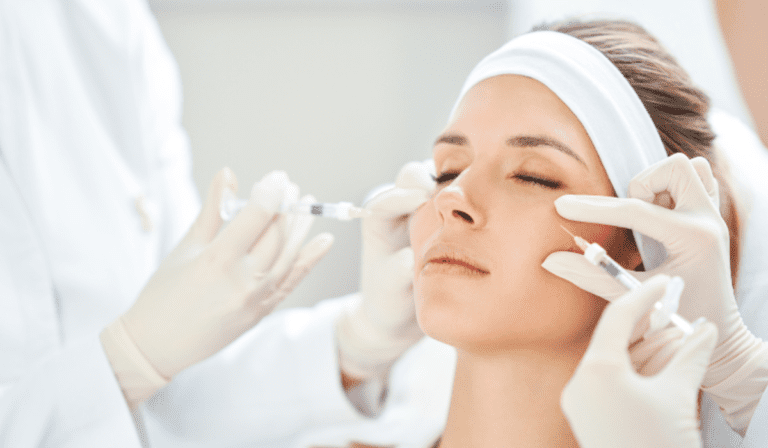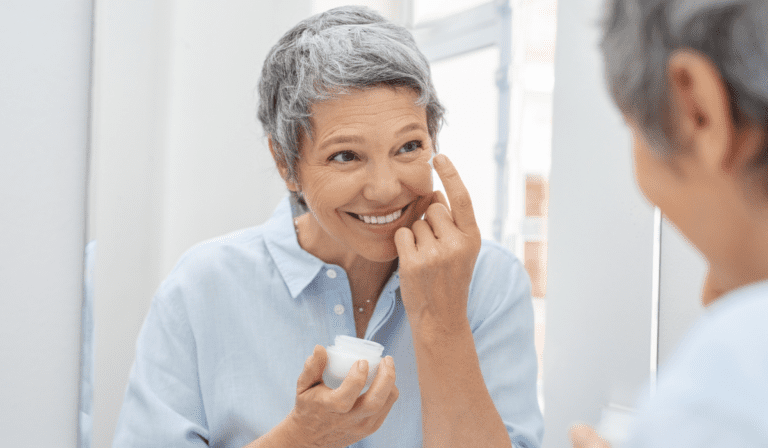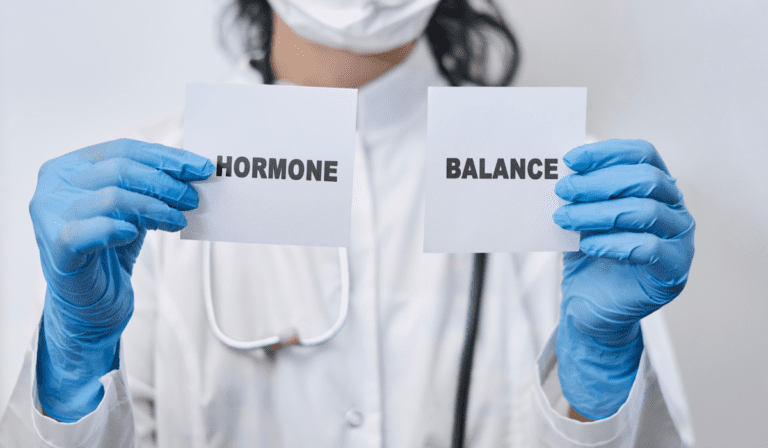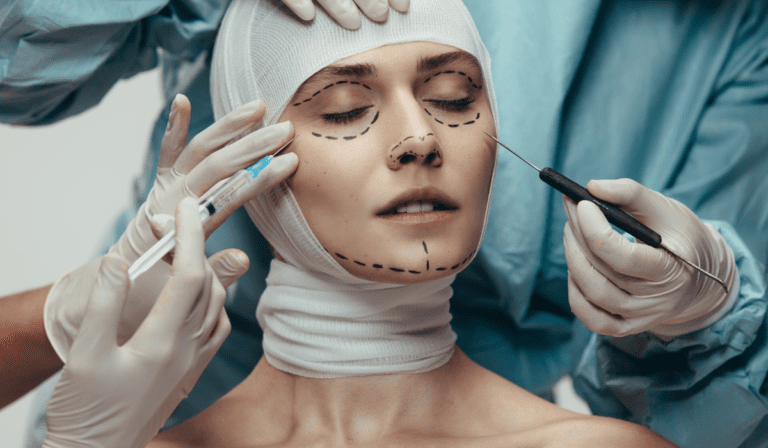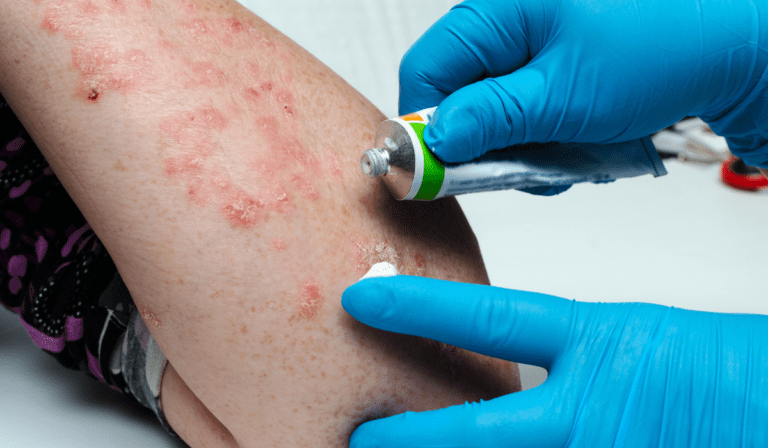Unlocking Youthful Vitality: The Crucial Role of Antioxidants in Effective Anti-Aging Treatment
The Significance of Antioxidants in Anti-Aging Treatment
Delve into the importance of antioxidants in effective anti-aging treatment as we uncover how these essential compounds safeguard against the passage of time, preserving youthful radiance and vitality.
For the past several years, the antioxidants have been extensively publicized linking these substances as important agent relevant to anti-aging issues. But while it is only in the later years when the antioxidants have been put enormously to media exposure, issues about anti-aging skin problems were first talked about more than fifty years ago. Since then, science has not stopped studying and finding ways to combat this dilemma most women and men experience as they get into their 30’s. A book published some time ago proposed a theory that aging was caused by free radical damage, while in another book, it was attributed to the oxidative stress process.
Antioxidants: A Key Player in Countering Aging
The antioxidants were thought to play a great role in countering this oxidative stress phenomenon after a certain fruit fly was genetically altered by adding in enzymatic antioxidants and it lived a 30% longer life than the normal. In addition, the fruit fly also showed less age-related aging or oxidative damage. This result has pressed the scientists to conduct the same study on humans to prove that antioxidants are great alternative to combating the many unpleasant signs of the aging process.
In the mid-1990s, a study revealed significant findings regarding oxidative damage. It demonstrated that disabled elderly individuals exhibited the highest levels of oxidative damage, whereas younger, healthy adults displayed the lowest levels. Furthermore, the study noted a correlation between elevated blood levels of antioxidants such as vitamins E and C and reduced signs of disability and aging. Conversely, individuals with deficiencies in these antioxidants were found to be more susceptible to free radical damage, which was linked to aging and related signs of decline.
Remarkably, these findings have reshaped perceptions of old age. While conventional wisdom often links aging with wrinkling skin, senility, disability, and various age-related ailments, experts now argue that these manifestations are not inherent to aging itself but rather indicative of unsuccessful aging. This insight is particularly noteworthy for individuals preoccupied with the aging process and its associated effects, underscoring the importance of reevaluating commonly held beliefs about aging.
Unsuccessful aging, or ungraceful aging, is the process that happens when your human body is not capable of fighting off damaging elements and oxidative stress. As a result, the immune system weakens and skin fails to successfully regenerate and recover. When an elderly person has various aging skin signs and diseases, it is thought that they have not lived a healthy, positive lifestyle.
Instead, the careless way of treating oneself has caused many aspects of the human body to be neglected and thus deteriorated slowly until it has become visibly transparent not only on the outer aspect but on other health conditions. What these points are telling the individuals is that the antioxidants play a very important role to allow everyone to grow old healthily and gracefully. Antioxidants, in addition to a good, healthy and positive lifestyle, will inhibit those dreaded nasty aging signs, which often make an individual less confident and more vulnerable in their later years.
Ancient Chinese (and even the Chinese of today) prescribes special food that will enhance an attribute, cure an ailment and improve metabolism or increase vitality and vigor. In India, certain herbs are mixed with their foods that are similar to the results that Chinese sought. The same goes with Brazilians and Peruvians.
Dietary Sources of Antioxidants
It has long been accepted and practiced that eating food with lots of anti oxidants slows down aging. While almost all plants have sterols that are good for the metabolism in the body, foods that are generally known to contain high concentration of antioxidants are usually those that are present in plants and other fruits containing amino acids, omega 3,6, and 9, and other useful fatty acids. The category also includes those that contain high concentrations of resveratrol and glutathione. The presence of antioxidants in diets will help protect the cells of the body from free radicals and toxins.
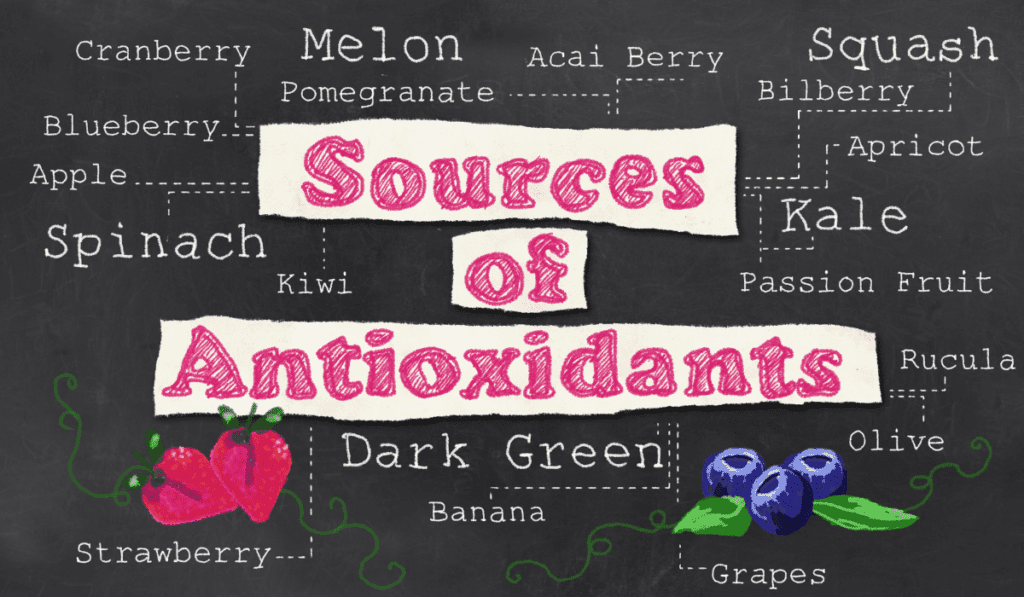
Mechanisms of Action: How Antioxidants Work
This is so because anti oxidants work in a way that its molecules slow down and in some conditions, prevent the oxidation of other molecules. Anti-aging treatment preparations that contain anti oxidants often come in the form of capsules, tablets and energy drinks and other forms of dietary supplements.
Oxidation, while crucial at maintaining life, could be damaging. Animals and even plants maintain a high level and complex anti-oxidant systems in multiple types. Many of these types come from plants in the form of sterols and enzymes such as superoxide dismutase, catalase and other peroxides. The most common and readily available antioxidant though is the Vitamin C and the Vitamin E.
Consequences of Antioxidant Deficiency
One of the tangible reasons that a person lacks antioxidants in the body is tiredness and stress. A body that lacks anti oxidants results to oxidative stress which damages and kills cells. Aside from anti oxidants being effective as anti-aging agents is its capacity to prevent a host of illnesses from occurring. Some types of anti-oxidants have demonstrated capacity to prevent the development of certain cancer cells, diabetes, heart ailments and other maladies. This is one of the reasons that foods that are high in anti-oxidant properties are highly sought after. Others are even in such a demand to command high prices.
Integrating Antioxidants into Lifestyle
It is crucial then that as early as possible in our lives, taking care of our body and health is fundamental. The intake of antioxidants strengthens the core of our human body and thus reflects on the outer part, which is the skin. Nowadays, there are different methods to take antioxidants, some of which are in the form of supplements and of course those directly coming from food rich in them.
Scientific Validation and Antioxidants
If you are looking for a safe, effortless way to add to your anti-aging treatment beauty regimen, taking antioxidants is perfect for you. This substance has been validated scientifically ever since the early fifties. A French study revealed that women taking different antioxidants, such as vitamins C and E, betacarotene, among others, were found to develop less wrinkles and reduce existing ones than those women who don’t. This happens because according to study, antioxidants are the perfect agent to prevent the breakdown of the skin’s most important structural proteins, collagens and elastins.
Antioxidant-Rich Foods
Examples of foods that have vast concentration of antioxidant properties are coffee, grapes and berries. In fact the grapes in red wine have been known to have impressive anti-oxidizing properties that are usually attributed to the cause of the French being more fit in spite of the cholesterol rich food that they consume although the skin of the grape is the part that is truly rich in anti oxidants. Coffee has vast concentration too although what is mixed with the coffee is what causes the worry. The acai berry of Brazil is also widely advertised to have vast concentration of anti oxidant properties, pity that it is not consumed fresh in the rest of the world except Brazil.
In addition to its ability to repair and preserve cells making it an excellent anti aging agent, anti oxidants are also widely used as preservatives in food and cosmetics. Anti oxidants are also widely used in industrial applications where prevention of degradation is important.
Below are some other foods that contain high contents of antioxidants:
• Raisins
• Blueberries
• Cranberries
• Raspberries
• Plums
• Spinach
• Broccoli
• Brussel sprouts
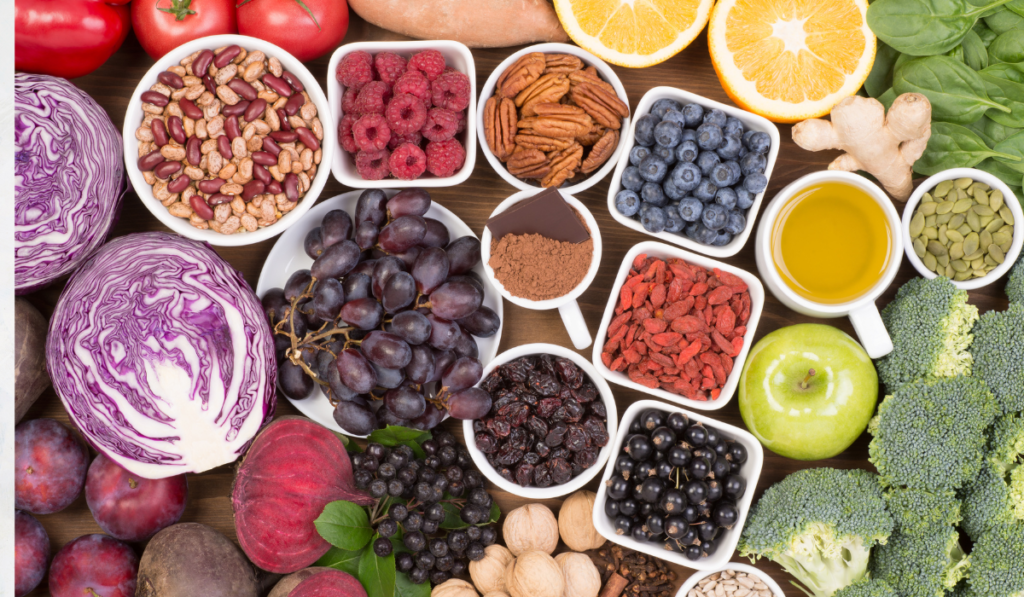
Vitamin C
Vitamin C is an antioxidant used by many women not only for immunity to sickness but as a significant beauty supplement. It helps in repairing damaged skin by creating collagen. It is important to note that those with lower vitamin C levels are often more susceptible to skin damage. It is recommended that a minimum of 500 mg up to 2000 mg a day is consumed.
Vitamin A
Deficiency can result to reduced effectiveness of your skin care treatments. It can lead to different skin problems such as localized breakouts, rough or dry skin, fragile skin, poor skin texture, wrinkles, and even splitting nails. That is why it is important that your body is using as much vitamin A as needed for renewal and normal growth of your skin cells. The vitamin A serves as antioxidant and keeps your skin supple and helps prevent damage. It also acts as nourishment to the fat layers found underneath your skin.
ALA, or Alpha Lipoic Acid
ALA, or alphalipoic acid, is a great antioxidant supplement you can take along with other antioxidants such as the vitamins C, E, plus the coenzyme Q10. The ALA is an important component of your daily supplements as it not only serves as antioxidants in itself but forces other taken antioxidants to be recycled, thus better absorption of these substances. Other benefits of taking ALA are associated with heart disease and obesity. It is known to improve insulin resistance as well as act as anti-inflammatory agent.
There are more benefits. ALA helps detoxify metals accumulated by the body as well as boosts the rate of removal of the glucose from your bloodstream. And the main reason why it is an excellent anti-aging treatment for you, it helps stop the occurrence where the fibers are interlinked with each other, a known cause to lead aging and wrinkle formation.
While the body is capable of producing ALA, it is in very small amounts that only the cells are able to use it for the cellular energy production. The ALA serves the benefits as antioxidants only if being supplied into the body with more amount than those produced by the body for the cells. Unfortunately, production of ALA also declines just like the collagen and the elastin.
An ALA supplement is therefore important unless you are pregnant or undergoing breast feeding. It is suggested that a minimum of 50 up to 100mg of the antioxidant is enough to meet the dosage needs. Unlike the other antioxidants, the ALA is both water and fat soluble, which means it can be absorbed by all your body parts.
